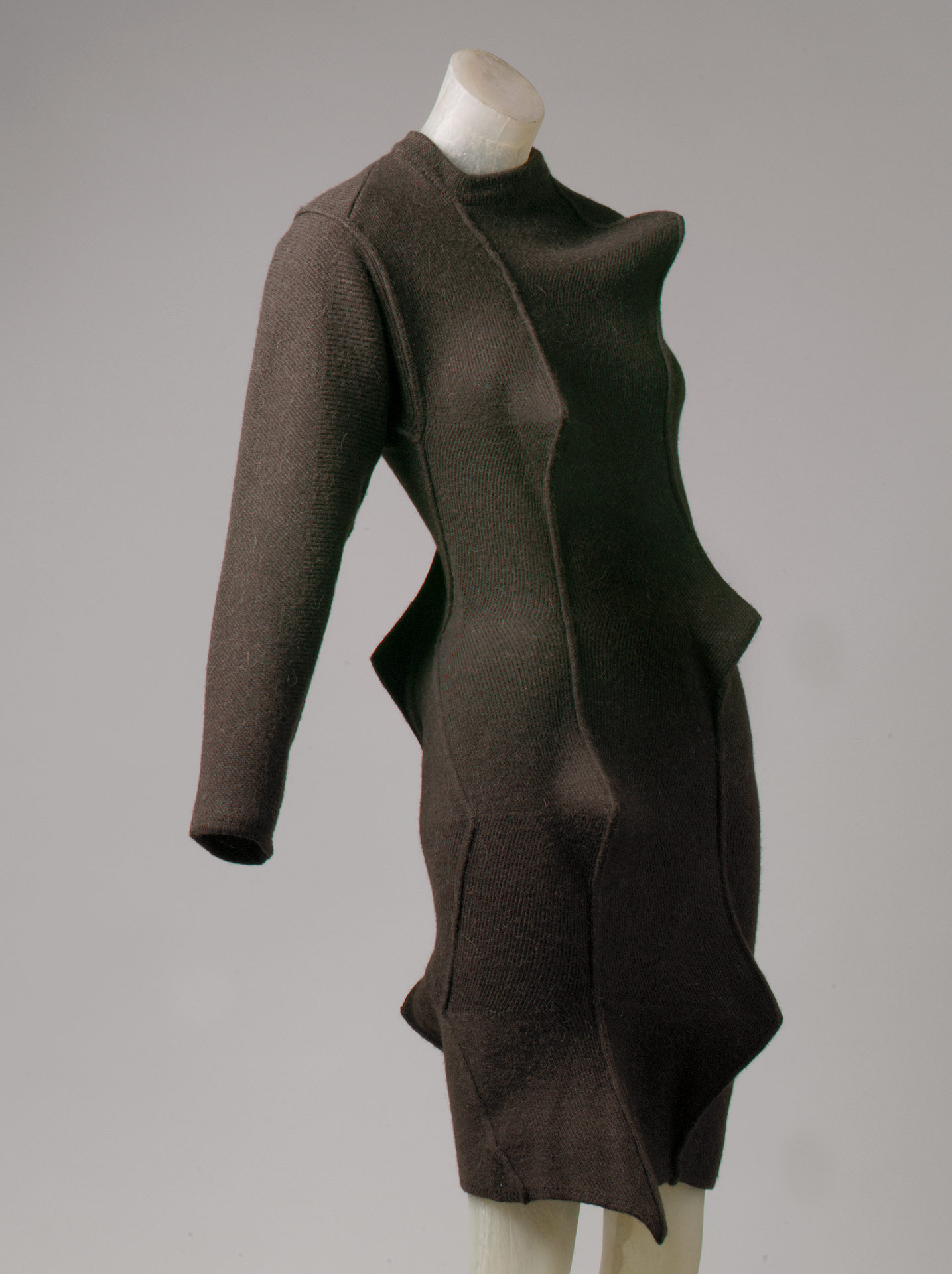An elementary choice for my first historic draped garment is the Chiton from ancient Greece. This was their primary garment. It was an all-over body garment made from a large rectangle of cloth wrapped once around the body from right side to right side. This garment was then pinned at the shoulders and tied at the waist or hips, and draped in hanging folds about the body. Young men generally wore short chitons, and older men and women longer ones.
Equally famous in the ancient world but entirely different in drape technique is the Egyptian shawl style garment. One of my favorite things in theater has been to employ actual methods of wrapping when I can for historic costumes. The technique although simple in execution once one understands how, can be extremely difficult to intuitively come up with.
 |
| Process of draping the dress |
 |
| Artful draping of the Egyptian shawl dress |
 |
| completed draped dress |
I hope you will find it as wonderful as I did.
 | ||||||||
| 1860's Riding habit |
A contemporary dress crafted by the Japanese master of tailoring to the body but breaking the barriers that hold our garments there, Issey Miyake created this dress which is holds to the natural form of the body but then triangular protrusions jet out escaping the lines that the body forms.
 |
| Issey Miyake 1989 Dress |
While there are limitless options of tailored garments throughout history and today, nothing speaks to me more of tailoring than a military uniform. One magnificent piece is that of Napoleon Bonapart's uniform circa late 1700's early 1800's.



"Fashion is the part of the daily air and it changes all the time, with all events. You can even see the approaching of a revolution in clothes. You can see and feel everything in clothes." LATEST APPAPREL
ReplyDelete